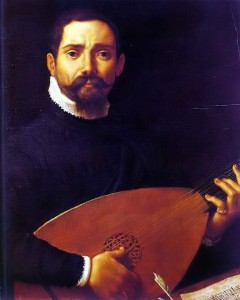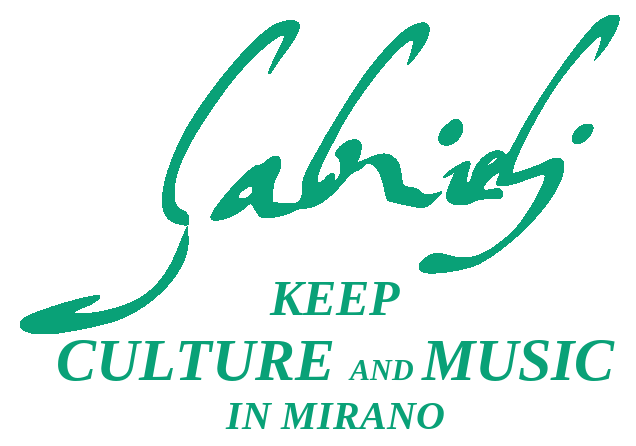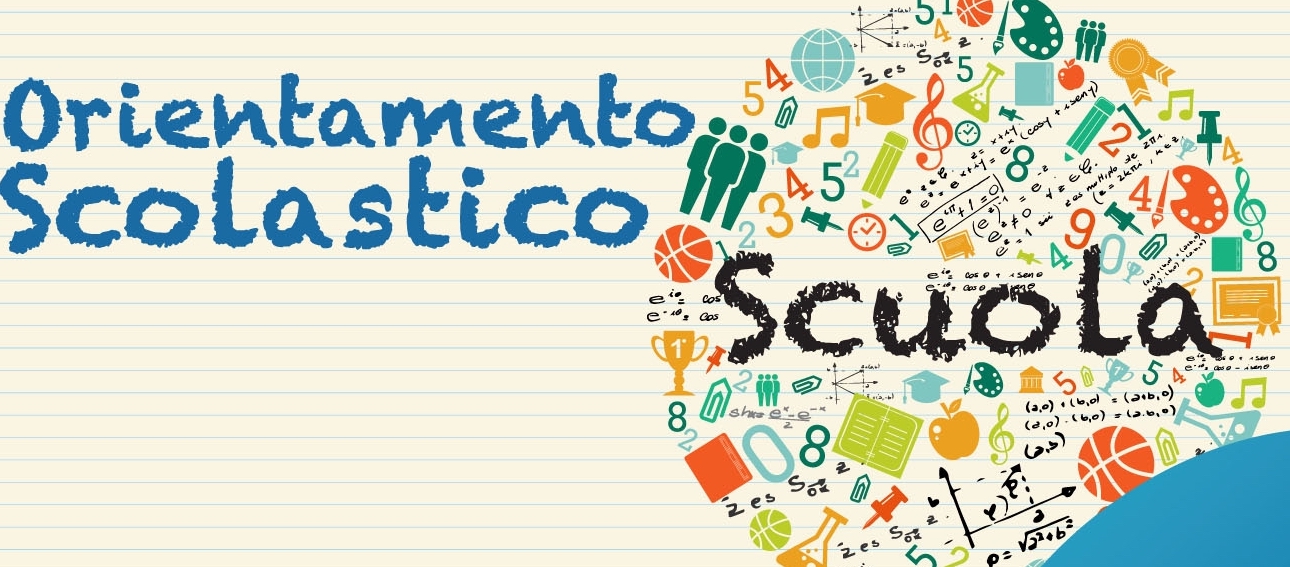Giovanni Gabrieli

Giovanni Gabrieli (Venice, 1557 – Venice, 12 August 1612) was an Italian composer and organist.
life
His father was a wool merchant Piero Fais, a native of Carnia, While her mother was sister of the composer Andrea Gabrieli, John assumed the surname well-known musical environment; According to other sources, Gabrieli was a nickname associated with father. In the years ' 70 he was sent to Munich, where he had an apprenticeship with Orlando di Lasso (that was also a master of his uncle Andrea) and where contact, among others, with Gioseffo Guami. His Madrigal “When I was young” appears in the collection “Il secondo libro de madrigali a cinque voci de floridi virtuosi” of 1575, containing all compositions of musicians who were at the service of Albert V, Duke of Bavaria. Gabrieli stopped some years in Munich and court records show that in 1578 He received livery and salary.
In 1584 was in Venice to replace Claudio Merulo provisionally as a player of the first organ of the Church of San Marco, whereas on 1 January of the following year he won a competition that made his permanent post. Until death, intervened in 1612, He retained this prestigious place. A little later, the appointment comes as the successor of Vincenzo Bellavere as organist at the Scuola Grande di San Rocco, where he remained until the end of his career.
After Andrea's death, in 1585, John oversaw the publication of a large number of his uncle's compositions, first with the collection “Andrea concert, and Gio: G (…) containing church music, madrigals, & more (…) libro primo” (1587), a collection of sacred songs, profane and large organic instrumental, then with the “Terzo libro de madrigali a cinque voci” (1589), the “Organ Intonationi (…) libro primo” (1593) and the “Ricercari (…) second book” (1595). In all these collections, John added several own compositions.
Duties in the Palatine basilica, frequent services to San Rocco and the numerous collaborations with other churches in the city were required to make the activity of G and probably required frantic that he was replaced on many occasions in San Marco, However lead to a broad and diverse compositional production, He sees a first publication in the collection Sacrae Symphoniae of 1597.
The work was reprinted the following year by immediately Kauffmann in Nuremberg. In fact, G enjoyed great fame in the German-speaking countries, and this is confirmed by the number of players sent by their patrons to Venice to study with him: Alessandro Tadei from Graz, remained at G from 1604 for two and a half years and upon his return took place as organist of Archduke Ferdinand; Christian IV of Denmark sent at his own expense in 1599 Morgens Pedersøn, Hans Nielsen, the organist Melchior Borchgrevinck, two adult singers and two guys, in 1602 – 4 another group that included even Nielsen and Hans Brachrogge, and from 1605 at 1609 again Pedersøn; Johann Grabbe was sent from Westphalia between the 1607 and 1610; the Court of Saxony sent Heinrich Schütz, that remained in Venice 1609 until shortly after the death of Gabrieli and for discipleship mate Christoph Klemsee (or Clemsee).
Among his Italian pupils, Remember, among others, Alessandro Grandi.
A Venetian obituary his death records, at the age of 58 years, the 12 August 1612, due to kidney stones. His tomb is in the Church of Santo Stefano.
Capital works of G are the two books of Sacrae Symphoniae, linked to Andrea lesson, where are shown for the first time signs of how dynamic instrumental designations specifications (a croissant and three trombones for the first chorus, a violin and three trombones for the second). But with the second book of Sacrae Symphoniae, John will proceed beyond the teaching of Andrea, creating a vocal symphonic music, where the instruments are not used as a simple doubling of voices, but enrich the compositional warp, getting an articulation of the different groups and different sources of sound that touches the top of daring structural concepts. All the artifices of polyphony and new harmonic conception are exploited by G.
taken from Wikipedia, the free encyclopedia.







